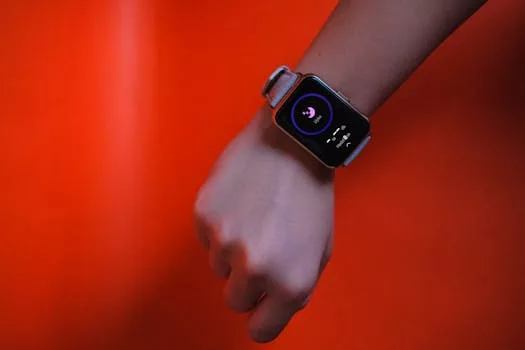
Navigating Privacy in 2026: The Ethical Landscape of Wearable Tech
Introduction to Wearable Tech and Privacy
Navigating Privacy in 2026: The Ethical Landscape of Wearable Tech is becoming increasingly important as wearable technology continues to advance and become more integrated into our daily lives. Wearable tech, including smartwatches, fitness trackers, and augmented reality glasses, has the potential to revolutionize the way we live, work, and interact with one another. However, this increased connectivity and data collection also raises significant concerns about privacy and ethics.
The Benefits and Risks of Wearable Tech
Wearable tech offers numerous benefits, including improved health and fitness tracking, enhanced productivity, and increased convenience. However, these benefits come with significant risks, including the potential for data breaches, surveillance, and manipulation. As wearable tech continues to evolve, it is essential to consider the ethical implications of these technologies and ensure that they are developed and used in a responsible and transparent manner.
Regulating Wearable Tech: Ensuring Privacy and Security
Regulating wearable tech is crucial to ensuring privacy and security. Governments, industry leaders, and consumers must work together to establish clear guidelines and standards for the development and use of wearable technology. This includes implementing robust security measures to protect user data, providing transparent information about data collection and use, and establishing clear guidelines for the responsible use of wearable tech.
Conclusion: Navigating the Ethical Landscape of Wearable Tech
In conclusion, navigating the ethical landscape of wearable tech is crucial to ensuring that these technologies are developed and used in a responsible and transparent manner. By understanding the benefits and risks of wearable tech, regulating these technologies, and promoting transparency and accountability, we can harness the potential of wearable tech while protecting our privacy and security.
The Future of Wearable Tech: Trends and Innovations
The future of wearable tech is exciting and rapidly evolving. Emerging trends and innovations, including augmented reality, artificial intelligence, and the Internet of Things (IoT), are expected to further transform the wearable tech landscape. As these technologies continue to advance, it is essential to prioritize ethics and privacy, ensuring that wearable tech is developed and used in a way that benefits society as a whole.
Case Studies: Wearable Tech in Action
Several case studies demonstrate the potential of wearable tech to improve our lives. For example, wearable devices have been used to track and manage chronic health conditions, such as diabetes and heart disease. Additionally, wearable tech has been used to enhance athletic performance, improve workplace safety, and support mental health and wellness.
Expert Insights: The Future of Wearable Tech
Experts in the field of wearable tech offer valuable insights into the future of these technologies. According to some experts, wearable tech is expected to become even more integrated into our daily lives, with the potential to revolutionize industries such as healthcare, education, and entertainment. However, others caution that the risks associated with wearable tech, including data breaches and surveillance, must be carefully managed to ensure that these technologies are developed and used responsibly.
Consumer Awareness: Taking Control of Wearable Tech
Consumer awareness is critical to ensuring that wearable tech is used responsibly. By understanding the benefits and risks of wearable tech, consumers can make informed decisions about which devices to use and how to use them. Additionally, consumers can take steps to protect their privacy and security, such as reading terms and conditions, using strong passwords, and keeping software up to date.
Industry Collaboration: Ensuring Responsible Innovation
Industry collaboration is essential to ensuring responsible innovation in wearable tech. Companies, governments, and organizations must work together to establish clear guidelines and standards for the development and use of wearable technology. This includes sharing best practices, conducting research and development, and promoting transparency and accountability throughout the industry.




